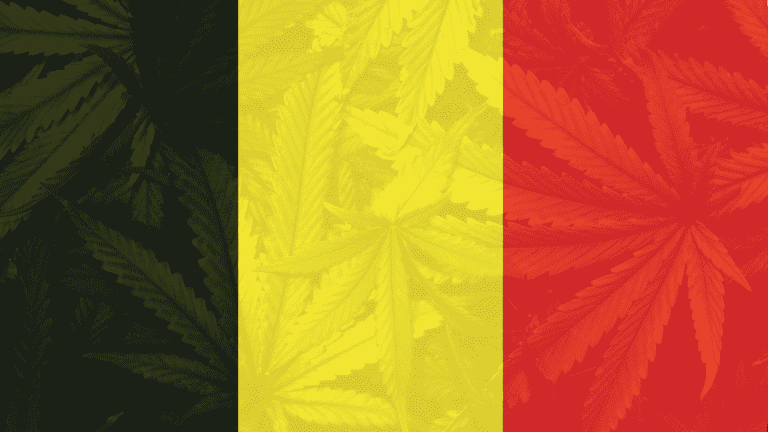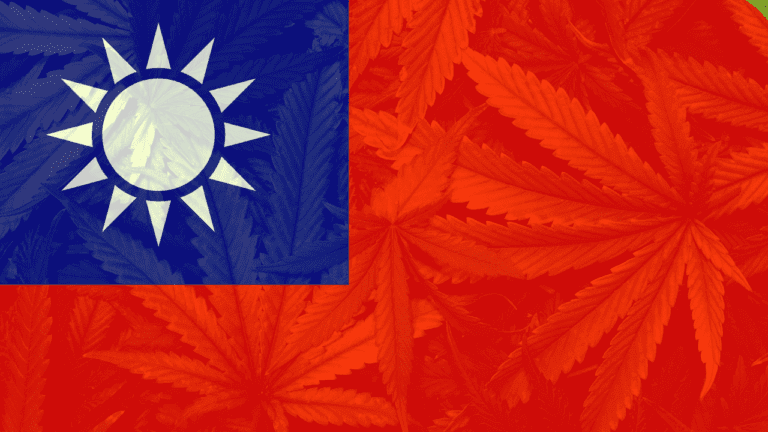India’s relationship with cannabis is a tapestry woven with threads of spirituality, tradition, medicine, and law. Known locally by names such as ‘bhang,’ ‘charas,’ and ‘ganja,‘ each with its distinct preparation and use, cannabis has permeated the fabric of Indian society in manifold ways. It has been celebrated, revered, and restricted, making its narrative one of the most complex globally.
The Deep-Rooted Spiritual Affinity
In the annals of Indian mythology and religious practice, cannabis has long been considered sacred. Lord Shiva, one of the primary deities of Hinduism, is frequently associated with cannabis. Legend has it that consuming the plant helped him focus during meditative practices. This association continues today, with devotees consuming ‘bhang’ during the festival of Mahashivaratri, dedicated to Lord Shiva.
Another festival where cannabis plays a significant role is Holi, the festival of colors. Bhang,’ a preparation made from cannabis leaves, milk, sugar, and spices, is traditionally consumed during celebrations. This practice is widely accepted and an integral part of the revelries, demonstrating the plant’s deep cultural roots.
The Ancient Healer: Cannabis in Ayurveda
Alongside its spiritual significance, cannabis has been a part of Ayurveda, the ancient Indian system of medicine, for over a thousand years. It has been used to treat a wide range of health conditions, including digestive disorders, insomnia, headaches, and more. This acknowledgment of cannabis’s therapeutic potential underlines the plant’s multifaceted role in India’s history.
Colonial Shadows and Post-Colonial Laws
The arrival of the British colonizers in the 19th century cast a shadow over the cultural practice of cannabis use. The colonizers, unfamiliar with the spiritual and medicinal use of cannabis, sought to control its use. This led to the commissioning of the Indian Hemp Drugs Commission Report in 1893-94, aiming to understand the plant’s social and moral impacts.
Despite the report concluding that cannabis did not have significant adverse effects, the British rulers passed several acts restricting cannabis use. These limitations continued after India gained independence in 1947, culminating in the Narcotic Drugs and Psychotropic Substances (NDPS) Act in 1985. This Act criminalized the production, sale, and purchase of cannabis resin and flowers. However, in a nod to the plant’s cultural significance, ‘bhang’ made from the leaves was exempted.
Cannabis in Contemporary India: Illicit Trade and Emerging Medical Prospects
The stringent laws could not extinguish the cannabis flame in India. The country continues to grapple with a bustling black market for cannabis, fueled by clandestine cultivation and the plant’s enduring cultural significance. This situation poses significant challenges for law enforcement agencies and policymakers.
However, the past few years have witnessed a potentially significant shift. The medicinal properties of cannabis have come under the lens again, echoing the wisdom of Ayurveda. In 2018, the Indian Institute of Integrative Medicine (IIIM) received a license to cultivate cannabis for research purposes, indicating the government’s growing interest in exploring the plant’s therapeutic potential.
Public Perception: A Spectrum of Views and the Road Ahead
Public perception of cannabis in India is as diverse as its geography. While some consider it a harmful drug in line with the law, others influenced by cultural practices and religious beliefs see it as a benign, even sacred, plant. Among the urban youth and middle-aged population, there is a growing call for cannabis legalization, triggered by the potential economic, therapeutic, and industrial benefits.
The narrative of cannabis in India is far from concluded. As the international community shifts its stance on cannabis, it prompts crucial discussions in India. With its cultural, religious, and traditional medical practices intertwined with cannabis, the country has the potential to offer a unique perspective on the plant’s role in society.
The intricate dance between India and cannabis continues, marked by centuries-old traditions, stringent laws, and a gradual shift in perceptions. As more countries begin to decriminalize or even legalize cannabis, all eyes are on India, a country whose history with the plant runs deep. The ongoing debates, research, and policy discussions suggest that the final chapters of India’s cannabis story are yet to be written. As the saga unfolds, it is bound to have profound implications not only for the country itself but also for the global discourse on cannabis legality and usage.








